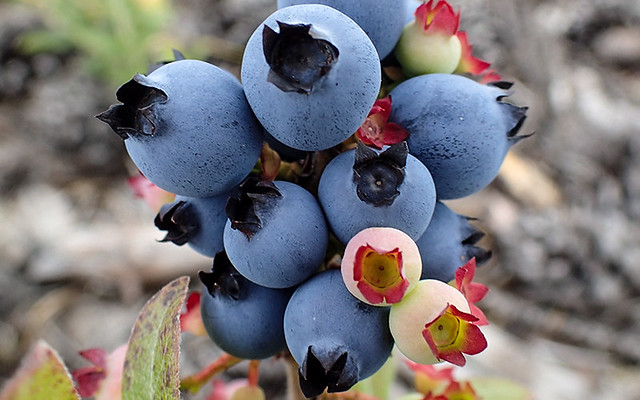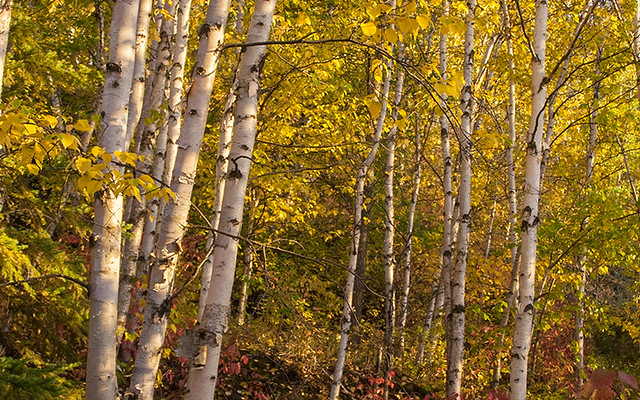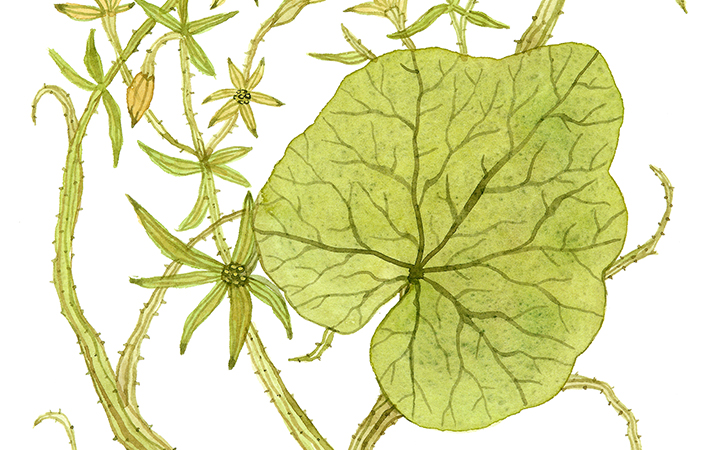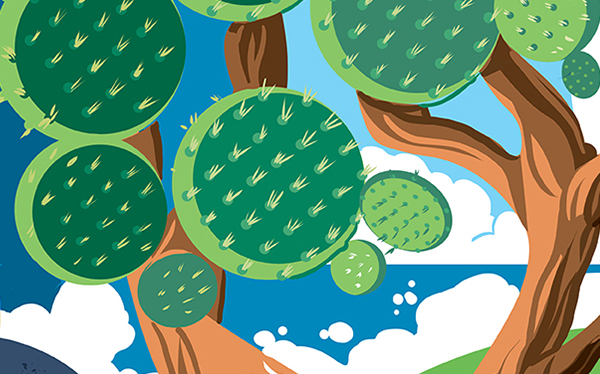Angiosperms

Common Blueberry
Vaccinium myrtilloides


3 POINTS
Fact: Blueberry loves sandy, acidic areas and often grows near conifers because the trees’ fallen needles acidify the soil.

Paper Birch
Betula papyrifera


2 POINTS
Fact: Birch is an early successional species, meaning that it is one of the first trees to regrow after a disturbance like wildfire.

Baobab Tree
Adansonia digitata



2 POINTS
Fact: During the voyage, the observation of this tree (which can grow to be 6000 years old), is thought to have made Darwin ponder the long timescales in the Earth’s geology.

Sicyos villosus
Cucurbitaceae Sicyos villosus


2 POINTS
Play: This plant is EXTINCT.
Fact: Darwin’s single dried specimen of Sicyos villosus, collected during the Beagle voyage, appears to be the only piece of evidence that showed this plant ever existed.

Galapagos Prickly Pear
Opuntia echios


1 POINTS
Fact: This prickly pear is a favourite meal for the Galápagos tortoises. It’s presence is also a selective pressure and has resulted in changes to the tortoise’s shell.

Lathyrus nervosus
Lathyrus nervosus


3 POINTS
Fact: During the Beagle voyage, this pea plant specimen was collected in Bahia Blanca, near Buenos Aires on October 2nd, 1832.